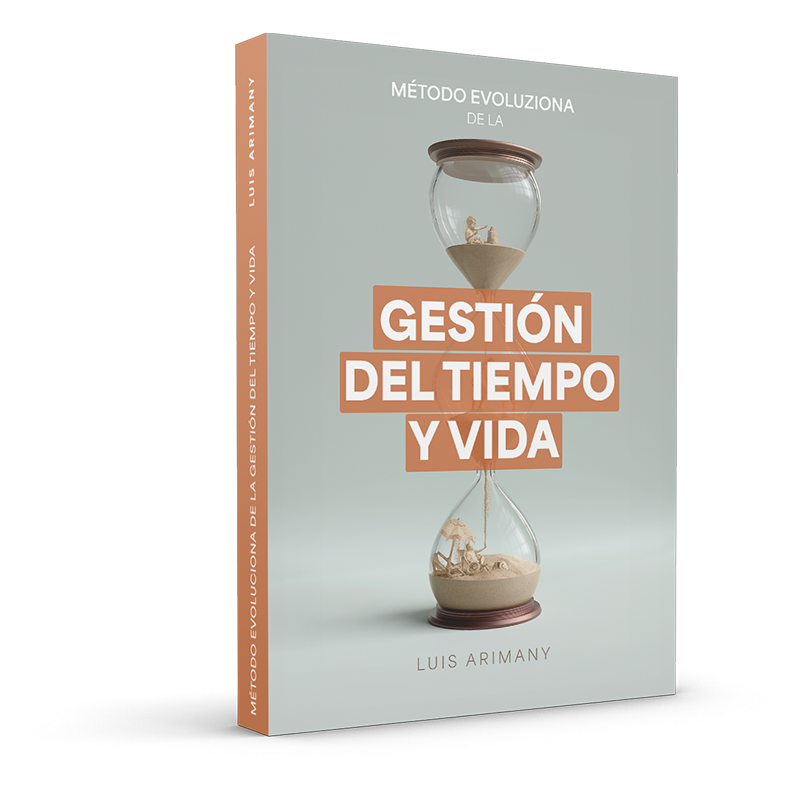Report
INDEX
1. INTRODUCTION – 6
2. GROUP A – 8
A.1- INTRODUCTION AND GROUP STRUCTURE – 9
A.1.1- Project Objectives and Calculated Variables – 9
A.1.1.1- Subjective and Objective Assessment – 9
A.1.1.1.1- Vehicle Handling – 11
A.1.1.1.2- Frequency Response Test – 12
A.1.1.2- Group Function – 13
A.1.1.2.1- Models – 14
A.1.1.2.1.1- Simple Model – 14
A.1.1.2.1.2- Full Model – 15
A.1.1.2.1.3-Steering Wheel Torque – 15
A.1.1.2.1.4- CARSIMED – 15
A.1.1.2.2- Modifications – 16
A.1.1.3- Links with Other Groups -16
A.2- Description of the models – 18
A.2.1- Quick description – 18
A.2.1.1-The simple model – 18
A.2.1.1.1- The roll axis assumption – 18
A.2.1.1.2- The construction of the model – 19
A.2.1.1.3- The forces applications assumptions – 21
A.2.1.2- The full model – 24
A.2.1.2.1- The construction of the model – 24
A.2.2- The reasons to keep two models – 26
A.2.3- Explanations about the linear and non-linear analysis -27
A.3- Description of the improvements – 29
A.3.1- Identification of the sources of errors – 29
A.3.1.1- List of the potential sources of errors – 29
A.3.2- Improvements chosen – 30
A.3.2.1- Body stiffness – 30
A.3.2.2- Mechanical trail, pneumatic trail and caster angle – 31
A.3.2.3- Variation of the speed during the test – 33
A.3.2.4- Tyre relaxation – 34
A.3.2.4- Scrub derivative – 37
A.4-STEERING INPUT – 42
A.4.1- The linear model – 42
A.4.2- The non-linear model – 42
A.4.3- Defining the shape of the Steering input signal – 43
A.4.4- Using Experimental Steering input signal -48
A.5- Comparison between the Full Model and the Simple Model – 50
A.5.1- Lateral Acceleration – Gain – 53
A.5.2- Lateral acceleration – Phase – 54
A.5.3- Roll rate – Gain – 54
A.5.4- Yaw rate Gain & Phase – 54
A.5.5- Conclusion – 55
A.6- Sensitivity Trials for the Full Model – 56
A.6.1- Nominal Values – 57
A.6.2- Changed values – 57
A.6.3- Conclusion – 80
A.7- Overall conclusion for Group A – 81
A.7.1- Future work – 81
A.7.1.1- Some parameters have not been considered in the model – 82
A.7.1.2- Detailed study of frequency response curves – 82
3. GROUP B – 83
B.1-MEASUREMENT OF THE WHEEL INERTIA ABOUT ITS SPIN AXIS – 84
B.1.1-Description of the experimen – 84
B.1.2-Data, Formula and Results – 84
B.2-REPARTITION OF THE WEIGHT ON THE WHEEL AXIS – 86
B.2.1-Settings – 86
B.2.2-Electronic scales – 86
B.2.3-Measurements – 87
B.2.4-Exploitation of the results: determination of the center of mass. – 88
B.3-Rolling Radius – 90
B.3.1-Introduction – 90
B.3.2-Method – 90
B.3.3-Results – 92
B.3.3.4-Discussion -92
B.4-CAMBER AND CASTOR ANGLES, PNEUMATIC TRAIL AND
KING PIN INCLINATION – 94
B.4.1-Camber angle – 94
B.4.2-Castor angle – 95
B.4.3-Pneumatic trail – 97
B.4.4-King pin inclination – 97
B.4.5-Discussion – 97
B.5-MECHANICAL TRAIL – 98
B.6-SUSPENSION DERIVATIVES – 100
B.6.1-Set up – 100
B.6.2-Results – 101
B.6.3-Conclusion – 103
B.7-SUSPENSION DERIVATIVES (II) – 104
B.8-Steering gear ratio – 107
B.8.1-Introduction – 107
B.8.2-Method – 107
B.9-CORNERING STIFFNESS – 110
B.10-FRONT ROLL STIFFNESS -113
B.10.1-Introduction – 113
B.10.2-Method – 113
B.10.3-Discussion – 114
B.11-SUSPENSION DAMPING FACTOR – 116
B.11.1-Requirement to perform the test – 116
B.11.2-Front axle damping – 116
B.11.3-Rear axle Damping – 125
C.1-INTRODUCTION – 129
C.2-YAW AND ROLL RATE GYROSCOPES – 131
C.2.1-Background about gyroscopes – 131
C.2.2- Procedure for calibrating the gyros – 132
C.2.2.1- Construction of the pendulum – 133
C.2.2.2- Fitting the gyros on the pendulum – 133
C.2.2.3- Mathematical approach for calibrating the gyroscopes – 137
C.3-LATERAL AND LONGITUDINAL ACCELERATIONS – 143
C.3.1-Expectation and choice of the accelerometer – 143
C.3.1.1- Our main accelerometer performances are – 143
C.3.2- Calibration of the linear accelerometer – 144
C.3.2.1-Power supply and acquisition chain – 149
C.3.3- Mounting of the accelerometer -149
C.4-STEERING ANGLE MEASUREMENT – 150
C.4.1-Requirements -150
C.4.2-Potentiometer choice and specifications – 152
C.4.3-Potentiometer mounting – 153
C.4.4-Potentiometer calibration – 154
C.5-POWER SUPPLY – 156
C.5.1-First approach – 156
C.5.1.1- High voltage supply -156
C.5.1.2- Low voltage supply – 156
C.5.2-second approach – 160
C.6- THE DATA ACQUISITION SYSTEM – 162
C.6.1- Introduction – 162
C.6.2- Steps of data acquisition -163
C.6.2.1- DBK18 – Signal Conditioning – 164
C.6.2.2 DaqBook -166
C.6.2.3 DaqView – Software – 167
C.6.3- Aliasing – 170
5. GROUP D – 171
D.1- Summary – 172
D.2-Introduction – 173
D.2.1-What is signal processing and why do we need it for this application? – 173
D.2.2-Role of signal processing group within the assignment – 175
D.3- Background to frequency analysis – 178
D.4- Matlab programs – 181
D.5- Results from the airfield test – 186
D.6- Carsim educational – 194
D.6.1-CarSimEd – 194
D.6.1.1- Construction of the vehicle model in Carsimed – 195
D.6.1.2- Simulation of the tests using Carsimed – 198
D.7-Achievements of the Group – 206
D.8-Dynamics 2001 Graphic User Interface – 207
D.8.1-Introduction – 207
D.8.1-GUI Description – 208
6. PROJECT MANAGEMENT – 215
6.1 Creation of the Management Team – 215
6.2 Groups and Tasks -216
6.3 Evolution of the Project – 218
6.4 Communication – 226
6.5 conclusions – 226
7. Airfield test – 227
7.1 Considerations – 228
7.1.1 Conditions of the test – 230
7.2 The pre-test – 230
7.3 The Test – 231
8. Final comparisons – 234
8.1 Summary of the features of all cases – 241
8.2 Comparisons between models and airfield test – 242
8.3 Comparison between laden and unladen cases – 243
9. Conclusions – 244
Appendix – 245
A 1.- Group A. hierarcical structure of the simple model
A 2.- group a. hierarcical structure of the full model
A 3.- group a. AUTOSIM code
A 4.- group b. addendum
A 5.- group c. instruments specifications
A 6.- group d. Matlab files
A7.- management team. minutes meetings
